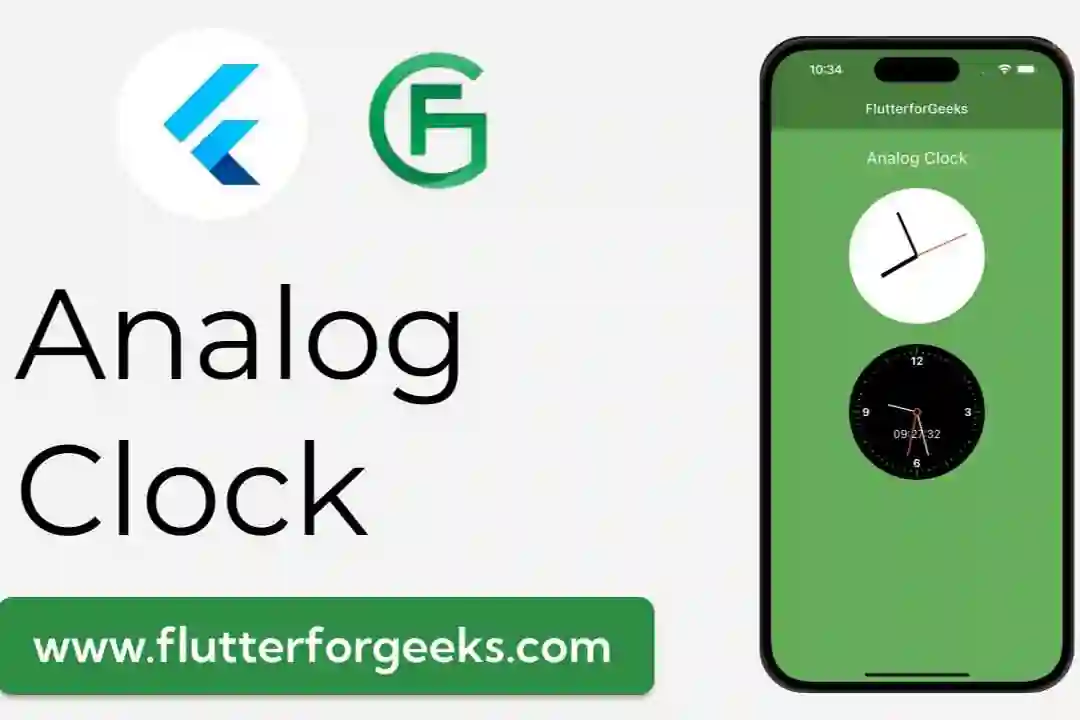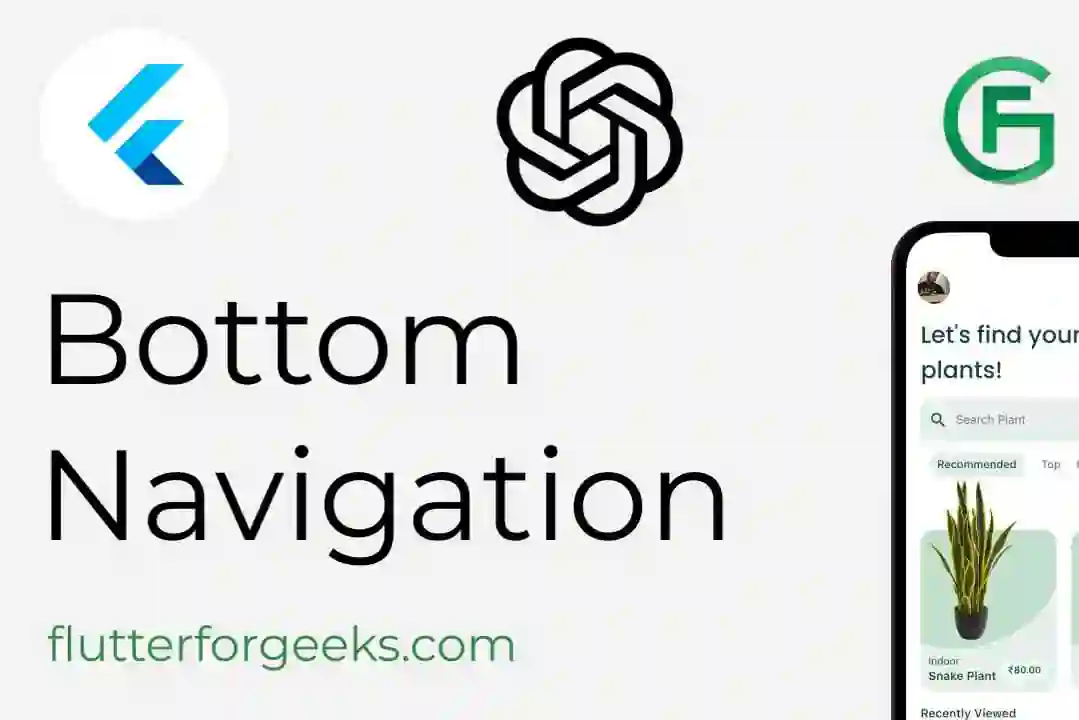Introduction:
Flutter, the cross-platform UI framework developed by Google, has revolutionized app development with its extensive package ecosystem. These packages provide ready-to-use solutions for common app development tasks, saving developers time and effort. In this blog post, we will explore 10 must-have Flutter packages that can supercharge your app development process. We'll not only introduce each package but also provide practical examples and demonstrate how to integrate and use them effectively. Let's dive in!
Provider:
Provider is a powerful state management package that simplifies the process of sharing and updating state across your Flutter app. It follows the InheritedWidget pattern and allows widgets to access and react to changes in state efficiently.
Usage Example:
We'll walk you through implementing the Provider package to manage the state of a shopping cart in your e-commerce app. You'll learn how to update the cart state and automatically reflect changes in the UI.
Dio:
Dio is a versatile HTTP client package that makes network requests a breeze in Flutter. With Dio, you can handle common HTTP operations, such as making GET and POST requests, handling authentication headers, and even uploading and downloading files.
Usage Example:
We'll guide you through integrating Dio into your Flutter app and demonstrate how to fetch data from a RESTful API. You'll learn to handle various scenarios, including error handling and response parsing.
Flutter Bloc:
Flutter Bloc is a state management library that helps separate your app's business logic from the UI layer. It follows the BLoC architectural pattern, providing clear separation of concerns and enabling testability.
Usage Example:
We'll show you how to structure your Flutter app using Flutter Bloc and walk you through building a multi-step form with complex state management.
Firebase:
Firebase offers a comprehensive suite of backend services for building powerful apps. The FlutterFire package provides Flutter bindings for Firebase, allowing seamless integration of features like authentication, real-time databases, cloud storage, and more.
Usage Example:
We'll demonstrate how to integrate Firebase Authentication into your Flutter app, enabling users to sign in with email, Google, or other supported providers.
Shared Preferences:
Shared Preferences is a simple package for persisting small amounts of data locally on a device. It provides an easy-to-use API for storing and retrieving user preferences, settings, and other persistent data.
Usage Example:
We'll show you how to use Shared Preferences to store user preferences such as theme selection or language settings in your app.
CachedNetworkImage:
CachedNetworkImage is a package that optimizes loading and caching of network images. It improves app performance by caching images locally, reducing bandwidth usage and ensuring a smooth user experience.
Usage Example:
We'll guide you through integrating CachedNetworkImage into your Flutter app and demonstrate how to load and display images from a remote server efficiently.
Flutter WebView:
Flutter WebView allows you to embed web content within your Flutter app. It provides a WebView widget that enables you to display web pages, run JavaScript code, and interact with web content seamlessly.
Usage Example:
We'll show you how to integrate a WebView into your app, enabling users to view web pages or interact with web-based content without leaving the app.
CarouselSlider:
CarouselSlider is a package that allows you to create customizable carousel widgets for displaying a series of items. It provides smooth animations, swipe gestures, and various customization options.
Usage Example:
We'll demonstrate how to use CarouselSlider to create an image carousel or display a list of products in your app.
Flutter Local Notifications:
Flutter Local Notifications enables you to display local notifications on a user's device. You can schedule notifications, set custom layouts, and handle user interactions, keeping users engaged and informed.
Usage Example:
We'll guide you through integrating Flutter Local Notifications into your app and show you how to schedule and display notifications for events, reminders, or tasks.
Flutter Icons:
Flutter Icons is a package that provides a wide range of customizable icons for your Flutter app. It includes icons from popular icon packs like Material Icons, Cupertino Icons, FontAwesome, and more.
Usage Example:
We'll demonstrate how to use Flutter Icons to add visually appealing icons to buttons, navigation items, or any other UI element in your app.
To add the mentioned Flutter packages to your project's pubspec.yaml file and fetch them using pub, follow these steps:
Locate your project's pubspec.yaml file. It should be in the root directory of your Flutter project.
Open the pubspec.yaml file in a text editor or IDE.
In the dependencies section, add the packages you want to include. Here's an example of how to add the provider package:
dependencies: flutter: sdk: flutter provider: ^5.0.0
In this example, flutter is already included by default. We're adding provider with version ^5.0.0, which means any version above 5.0.0 will be included.
Save the pubspec.yaml file.
Open a terminal or command prompt and navigate to your project's root directory.
Run the following command to fetch and download the packages:
flutter pub get
This command uses flutter to fetch the packages defined in your pubspec.yaml file and downloads them to your project.
Wait for the packages to be fetched and downloaded. Once the process is complete, you'll see a message indicating that the packages were successfully retrieved.
Now, you have added the required packages to your project and can start using them in your Flutter app.
Remember to import the packages in your Dart files using import statements. For example, to import the provider package, add the following line at the top of your Dart file:
import 'package:provider/provider.dart';
Repeat the steps for each package you want to include in your project, adding them to the dependencies section of your pubspec.yaml file and running flutter pub get to fetch them.
Note: Make sure to check the package's documentation or official website for any specific instructions or additional configuration required for each package.
That's it! You've successfully added the desired Flutter packages to your project using pub. Happy coding!
Conclusion:
The Flutter package ecosystem offers a wealth of resources for app developers, and the 10 packages mentioned in this blog post are essential for efficient and robust app development. By exploring these packages and implementing them in your Flutter projects, you'll accelerate your development process and deliver exceptional user experiences.
Remember to consult the documentation and explore the communities around these packages for further support and updates. As you gain familiarity with these packages, you can further customize and extend their functionality to meet the unique requirements of your app.
What are your favorite Flutter packages for app development? Share your experiences and recommendations in the comments below!











